The first farm-produced biogas has been collected by Gas Networks Ireland for injection into the national grid, the Irish Farmers Journal witnessed last week.
The gas is produced from pig slurry and food waste in an anaerobic digester (AD) by Green Generation, a company started by farmer Billy Costello next to his pig unit in Nurney, Co Kildare.
Slurry from the farm’s 15,000 pigs is mixed with food waste, such as expired products and belly grass from meat factories, to produce the gas.
The plant currently produces 600m3 of gas per hour, which is used in a combined heat and power engine heating the pig houses and selling electricity to the power grid.
“We’ve now developed a new plant which allows us to take that gas, clean it and put it in the gas grid,” said Costello, enabling him to double his gas output to 1,200m3/hr. This was not possible until now because the pigs have sufficient heat, so producing more electricity would lead to the associated heat being wasted.
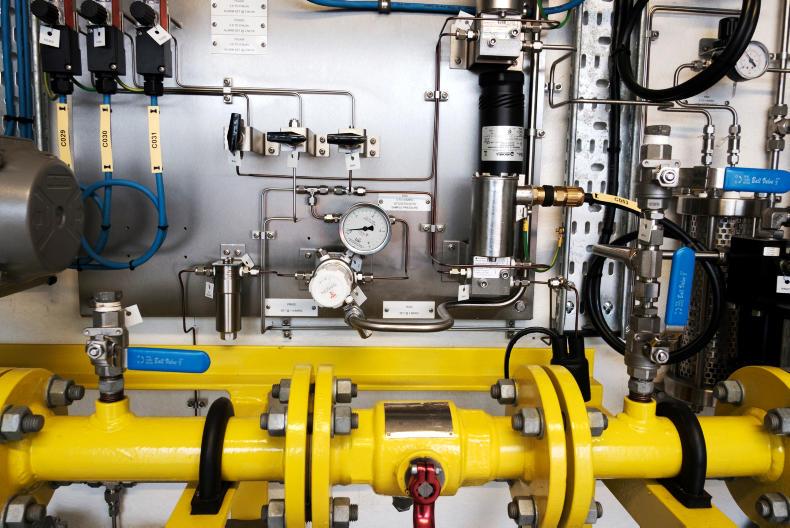
The station at Cush, Co Kildare can receive, test and inject biogas into the national network. \ Barry Cronin
The new purification plant constructed next to the AD delivers fuel-grade gas identical to fossil natural gas already distributed through the national network, said Ian Kilgallon of Gas Networks Ireland (GNI). The gas is compressed into specialised trailers, which are then hauled to the nearest GNI pipeline at Cush, 8km away. One 40ft trailer transports enough gas to heat 15 homes for one year. It takes long hours to fill and empty each load, one of the main challenges to the project.
’The new diesel’
In Cush, an automated station analyses the quality of the gas every four minutes, corrects its components if necessary, adds an odorant for safety and meters the amount injected into the national network. Diageo has committed to purchasing this gas to power the Guinness brewery in Dublin.
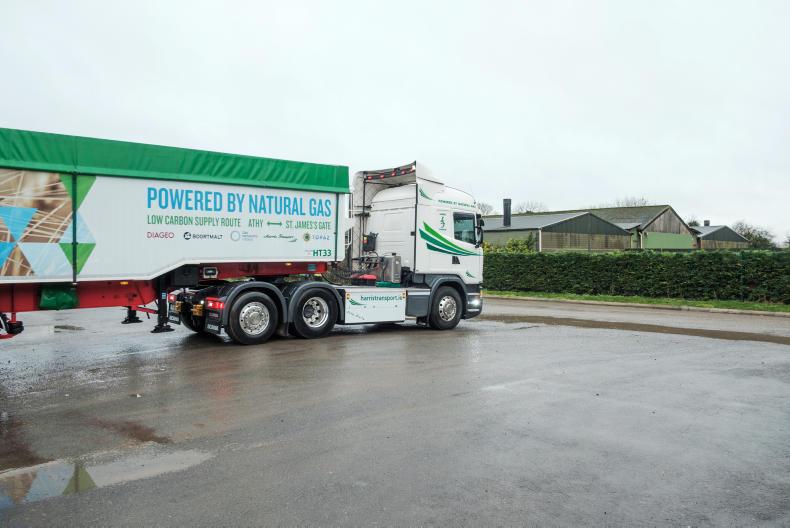
Harris Transport owns the first gas-powered articulated lorry in the country. \ Barry Cronin
The whole chain is now operational, however Green Generation and GNI are awaiting a licence from the Commission for the Regulation of Utilities to start commercial injection. In the meantime, this green gas will be sold to customers in Northern Ireland.
The publicly funded Causeway project is under way to build 14 pilot filling stations
“Most of the agri-food and beverage industry are absolutely screaming for gas like this. They all run on very large volumes of gas,” said Kilgallon. While renewable gas is currently more expensive than natural gas, it avoids greenhouse gas emissions and therefore upcoming climate fines.
He is therefore asking the Government for a support scheme, which he said would give “a net return to the exchequer”.
Hauliers are also potential users, and Kilgallon said that renewable gas is currently 10% cheaper than diesel at the pump.
The publicly funded Causeway project is under way to build 14 pilot filling stations.
For the past two years, farmer and haulier Seamus Harris has been driving the first articulated lorry powered by compressed natural gas (CNG) in the country – a 340hp Scania. He switched at the request of Boortmalt and Diageo to transport malt from Athy to St James’s Gate in Dublin and has no regrets.
“Diesel is nearly a dirty word at this stage,” he said.
“This is cheaper to run, there’s grants available there to get CNG equipment and CNG trucks. CNG is going to be the new diesel in the short term.”
Read more
Can farmers cash in on biogas?
Cork biogas project to support 20 farm-based anaerobic digestors
First dry anaerobic digestor installed in Ireland
Gas grid wants 10m tonnes of silage from farmers
The first farm-produced biogas has been collected by Gas Networks Ireland for injection into the national grid, the Irish Farmers Journal witnessed last week.
The gas is produced from pig slurry and food waste in an anaerobic digester (AD) by Green Generation, a company started by farmer Billy Costello next to his pig unit in Nurney, Co Kildare.
Slurry from the farm’s 15,000 pigs is mixed with food waste, such as expired products and belly grass from meat factories, to produce the gas.
The plant currently produces 600m3 of gas per hour, which is used in a combined heat and power engine heating the pig houses and selling electricity to the power grid.
“We’ve now developed a new plant which allows us to take that gas, clean it and put it in the gas grid,” said Costello, enabling him to double his gas output to 1,200m3/hr. This was not possible until now because the pigs have sufficient heat, so producing more electricity would lead to the associated heat being wasted.

The station at Cush, Co Kildare can receive, test and inject biogas into the national network. \ Barry Cronin
The new purification plant constructed next to the AD delivers fuel-grade gas identical to fossil natural gas already distributed through the national network, said Ian Kilgallon of Gas Networks Ireland (GNI). The gas is compressed into specialised trailers, which are then hauled to the nearest GNI pipeline at Cush, 8km away. One 40ft trailer transports enough gas to heat 15 homes for one year. It takes long hours to fill and empty each load, one of the main challenges to the project.
’The new diesel’
In Cush, an automated station analyses the quality of the gas every four minutes, corrects its components if necessary, adds an odorant for safety and meters the amount injected into the national network. Diageo has committed to purchasing this gas to power the Guinness brewery in Dublin.

Harris Transport owns the first gas-powered articulated lorry in the country. \ Barry Cronin
The whole chain is now operational, however Green Generation and GNI are awaiting a licence from the Commission for the Regulation of Utilities to start commercial injection. In the meantime, this green gas will be sold to customers in Northern Ireland.
The publicly funded Causeway project is under way to build 14 pilot filling stations
“Most of the agri-food and beverage industry are absolutely screaming for gas like this. They all run on very large volumes of gas,” said Kilgallon. While renewable gas is currently more expensive than natural gas, it avoids greenhouse gas emissions and therefore upcoming climate fines.
He is therefore asking the Government for a support scheme, which he said would give “a net return to the exchequer”.
Hauliers are also potential users, and Kilgallon said that renewable gas is currently 10% cheaper than diesel at the pump.
The publicly funded Causeway project is under way to build 14 pilot filling stations.
For the past two years, farmer and haulier Seamus Harris has been driving the first articulated lorry powered by compressed natural gas (CNG) in the country – a 340hp Scania. He switched at the request of Boortmalt and Diageo to transport malt from Athy to St James’s Gate in Dublin and has no regrets.
“Diesel is nearly a dirty word at this stage,” he said.
“This is cheaper to run, there’s grants available there to get CNG equipment and CNG trucks. CNG is going to be the new diesel in the short term.”
Read more
Can farmers cash in on biogas?
Cork biogas project to support 20 farm-based anaerobic digestors
First dry anaerobic digestor installed in Ireland
Gas grid wants 10m tonnes of silage from farmers






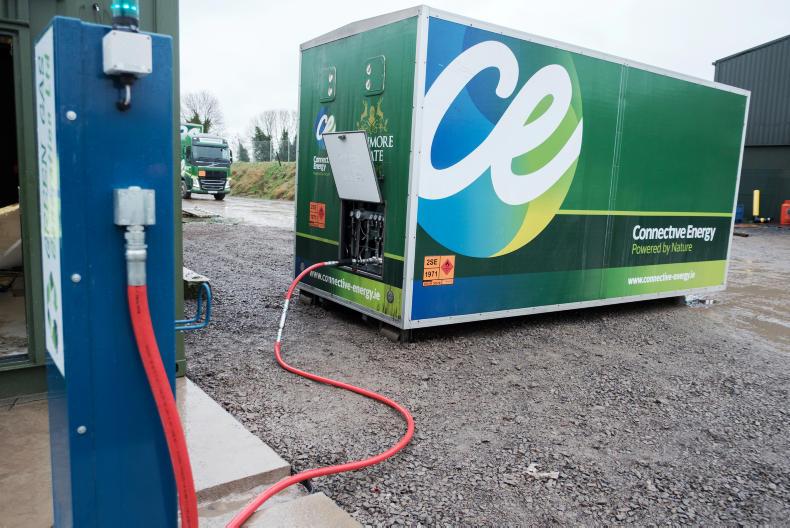
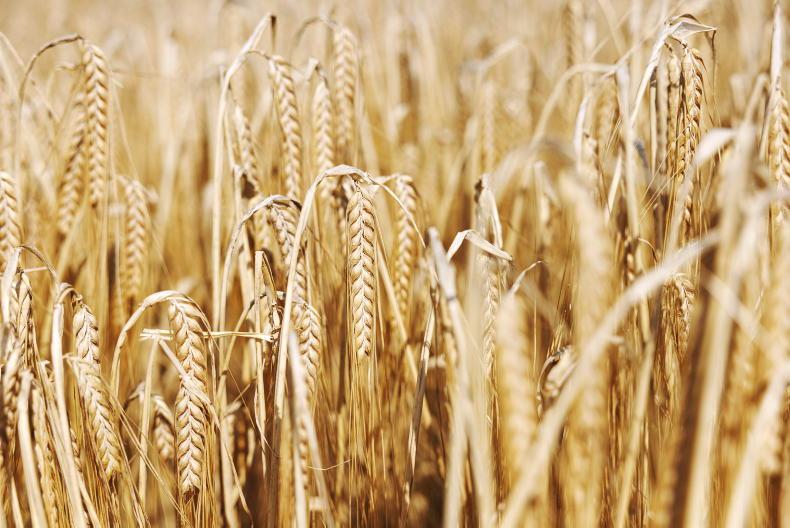
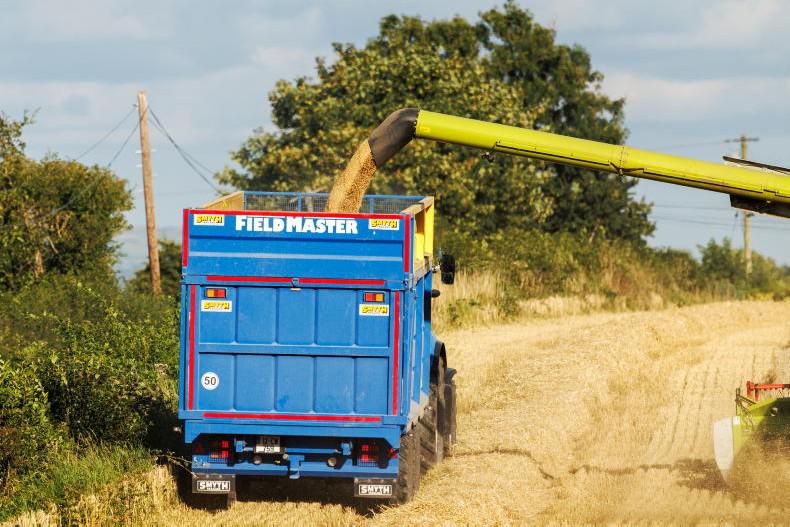

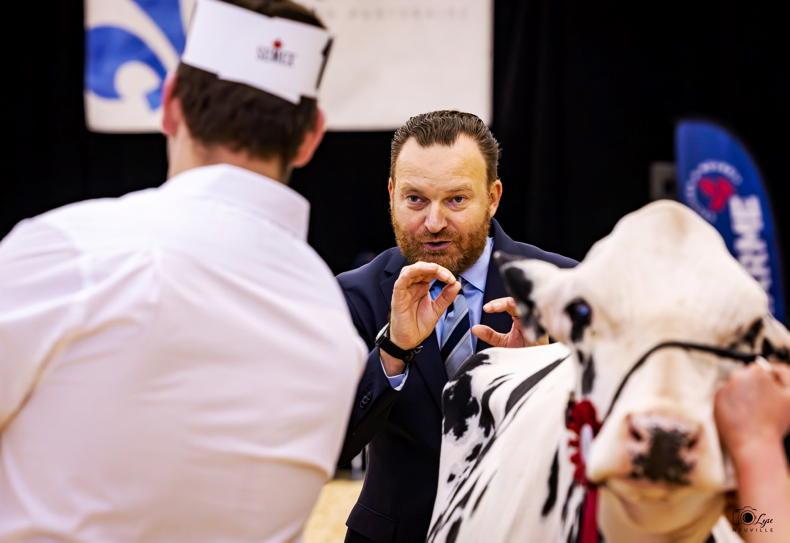
SHARING OPTIONS